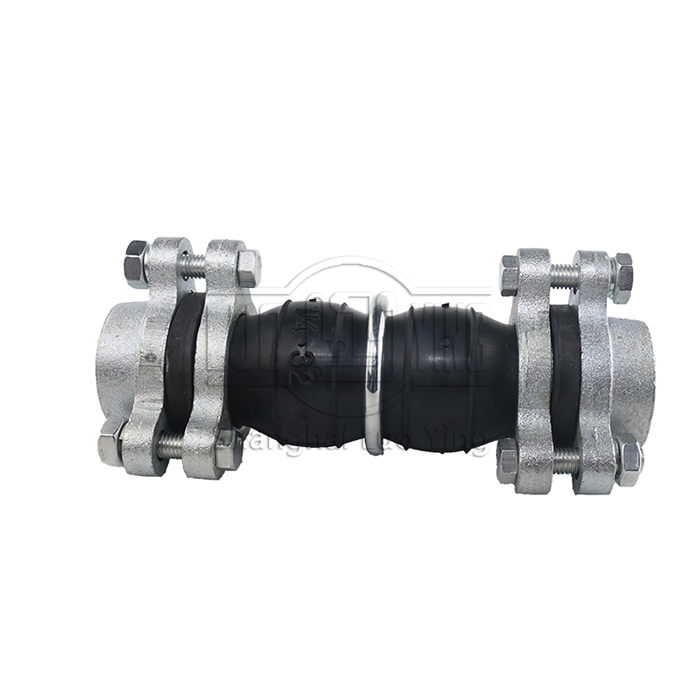What are the connections for threaded rubber joints?
Aug-25-18
Threaded rubber joints are a common type of pipe fitting, typically made of rubber material, offering excellent sealing performance and seismic resistance. Threaded rubber joints are widely used in various industrial and construction applications for pipe connections. Below are some common connection methods for threaded rubber joints:Flange connection: Flange connection is the most common connection method. It connects the two ends of the rubber joint to flanges and uses bolts on the flanges to secure the two pipes together. Flange connections provide reliable sealing performance and are widely used in various piping systems.

Threaded connection: Threaded connection involves cutting threads on both ends of the rubber joint and then using threaded fittings to connect the two pipes. Threaded connection is simple and convenient, suitable for low-pressure, small-diameter pipeline systems.
Elastic ring connection: Elastic ring connection is a special connection method typically used to connect pipes of different diameters. It connects two pipes of different diameters using rubber joints of different diameters and secures them with clamps.
Sleeve connection: A sleeve connection involves inserting the outer edge of one end of the rubber joint into the interior of the other end and securing it by tightening the sleeve. Sleeve connections are suitable for narrow spaces and provide excellent sealing performance.
Conical connection: Conical connection is a common pipe connection method. It involves cutting both ends of the rubber joint into a conical shape and then connecting the two conical-shaped pipes together. Conical connection provides reliable sealing performance and is suitable for high-pressure and high-temperature conditions.
Tension connection: A tension connection involves connecting both ends of the rubber joint to the pipes, then using clamps to stretch the pipes on both sides of the joint during connection to achieve the connection. Tension connections are suitable for special conditions, such as situations requiring vibration or displacement absorption.

